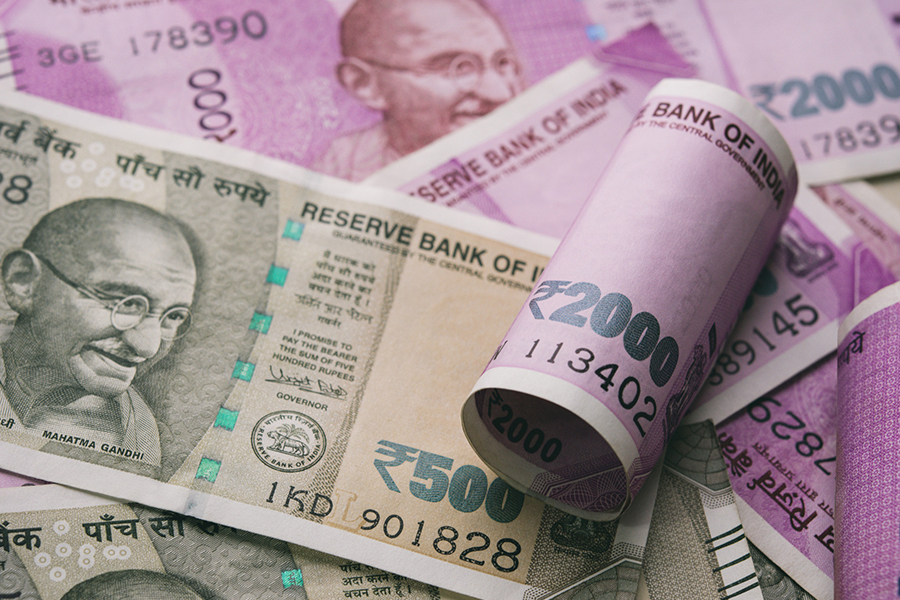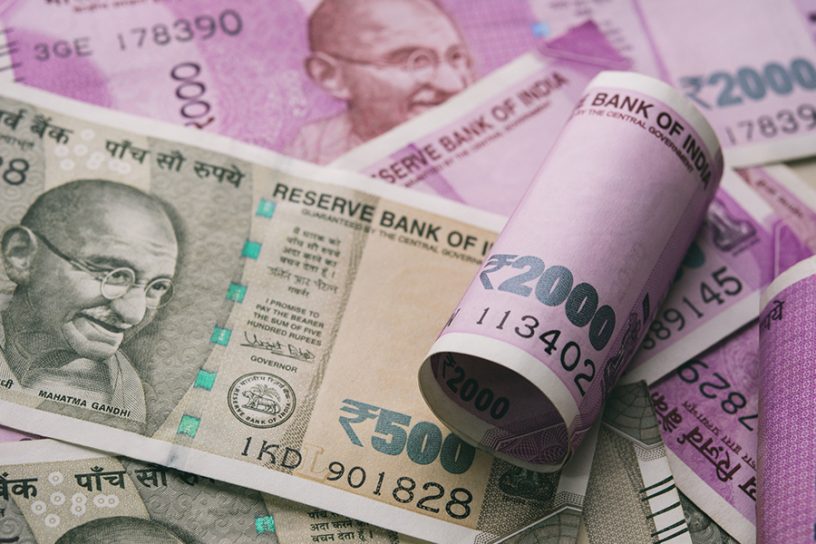
Efforts to prop up the currency have failed to significantly keep it from hovering near the all-time low amid a dovish pivot by the RBI, soaring inflation, and trade imbalances.
Author
Deepanshu Mohan, Associate Professor of Economics and Director, Centre for New Economics Studies (CNES), Jindal School of Liberal Arts and Humanities, O.P. Jindal Global University, Sonipat, Haryana, India.
Summary
The Indian rupee is at 82.7 per dollar, rebounding from a record low of 83 on October 20, amid reports that the Reserve Bank of India resumed its dollar selling activity through state-run banks to support the domestic currency, adding to the over $100 billion sold from the central bank’s foreign reserves this year.
Still, efforts to prop up the currency have failed to significantly keep it from hovering near the all-time low amid a dovish pivot by the RBI, soaring inflation, and trade imbalances.
RBI policymakers signalled that the central bank would pause its hiking path in its next meeting, as growth concerns should become the priority, despite stubbornly high inflation.
The latest data showed that retail prices rose by 7.4% annually, marking the ninth consecutive month where inflation surpassed the central bank’s upper target of 6%.
While the RBI has raised its key repo rate by 190 basis points (bps) this year, continuing a path of monetary tightening, rate increases have been far slower than those of the US Federal Reserve. (A bps is one hundredth of 1 percentage point.)
Ramifications of a weaker rupee
- Soaring inflation: An ‘invisible tax’ on India’s vulnerable consumers
The annual inflation rate in India increased to a five-month high of 7.41% in September from 7% in August, above market forecasts of 7.3%. Prices increased faster for food (8.6% versus 7.62% in August), with vegetables (18.05%), spices (16.88%), cereals and products (11.53%) recording the biggest jump as erratic rainfall impacted the local crops and supply shock from the Russian invasion of Ukraine remained.
Prices of housing (4.57% versus 4.06%); education (5.68% vs 5.51%); transportation and communication (5.39% versus 5.2%); and health (5.52% versus 5.43%) also accelerated.
On the other hand, the cost of fuel and light grew at a slightly slower pace (10.39% versus 10.78%), but is still quite high. Compared to the previous month, consumer prices were up 0.57%.
Published in: The Wire
To read the full article, please click here.


